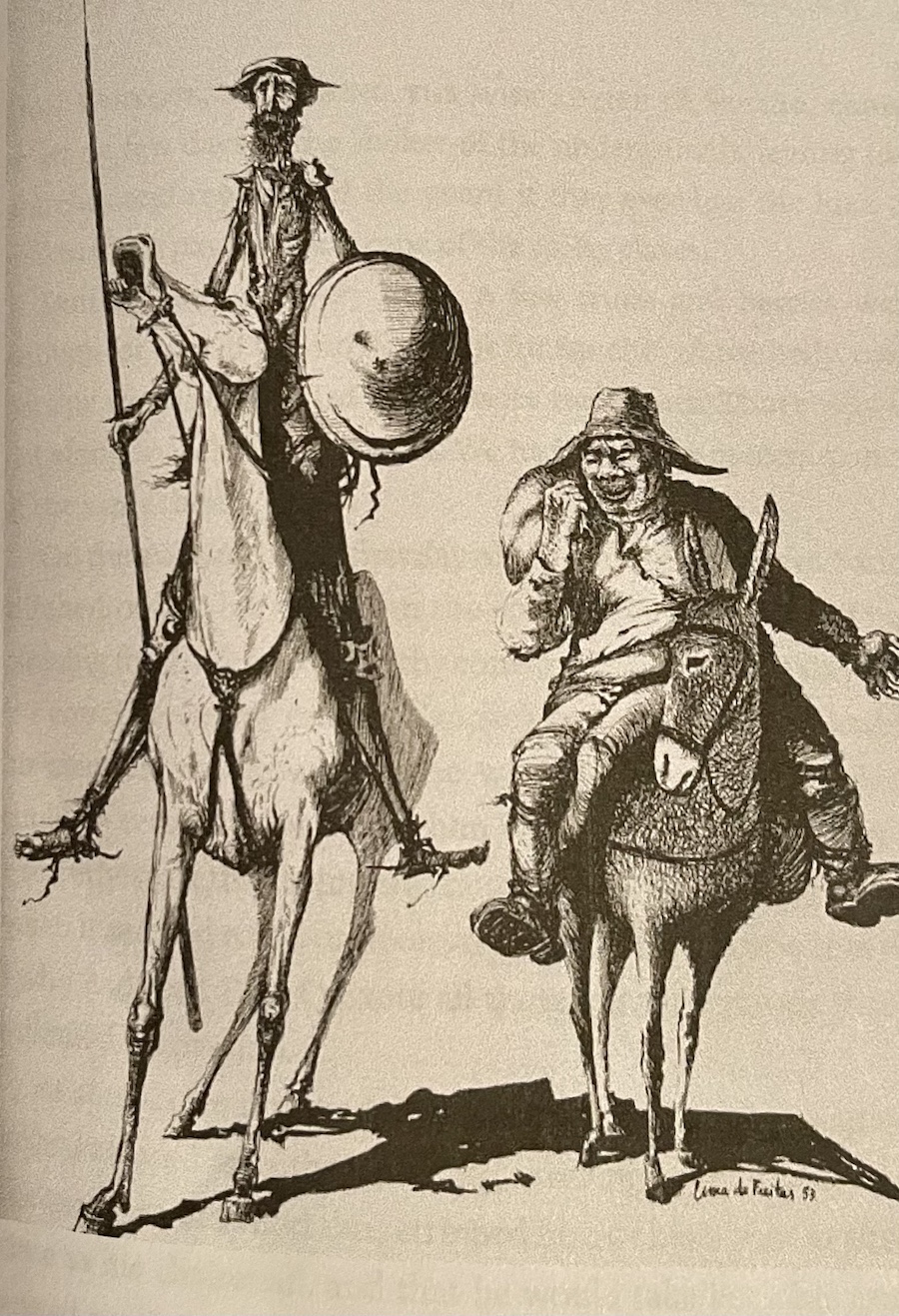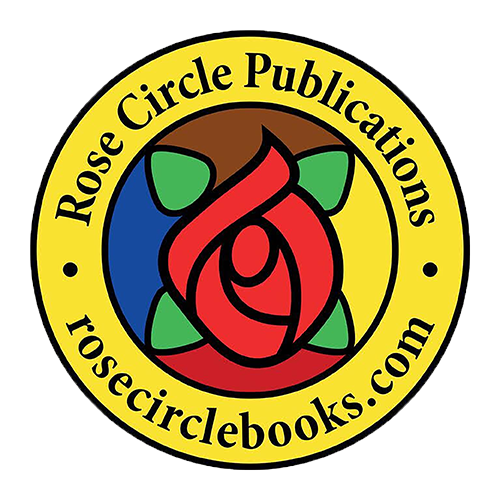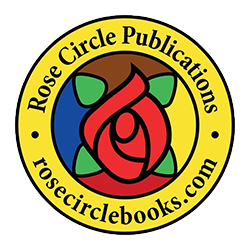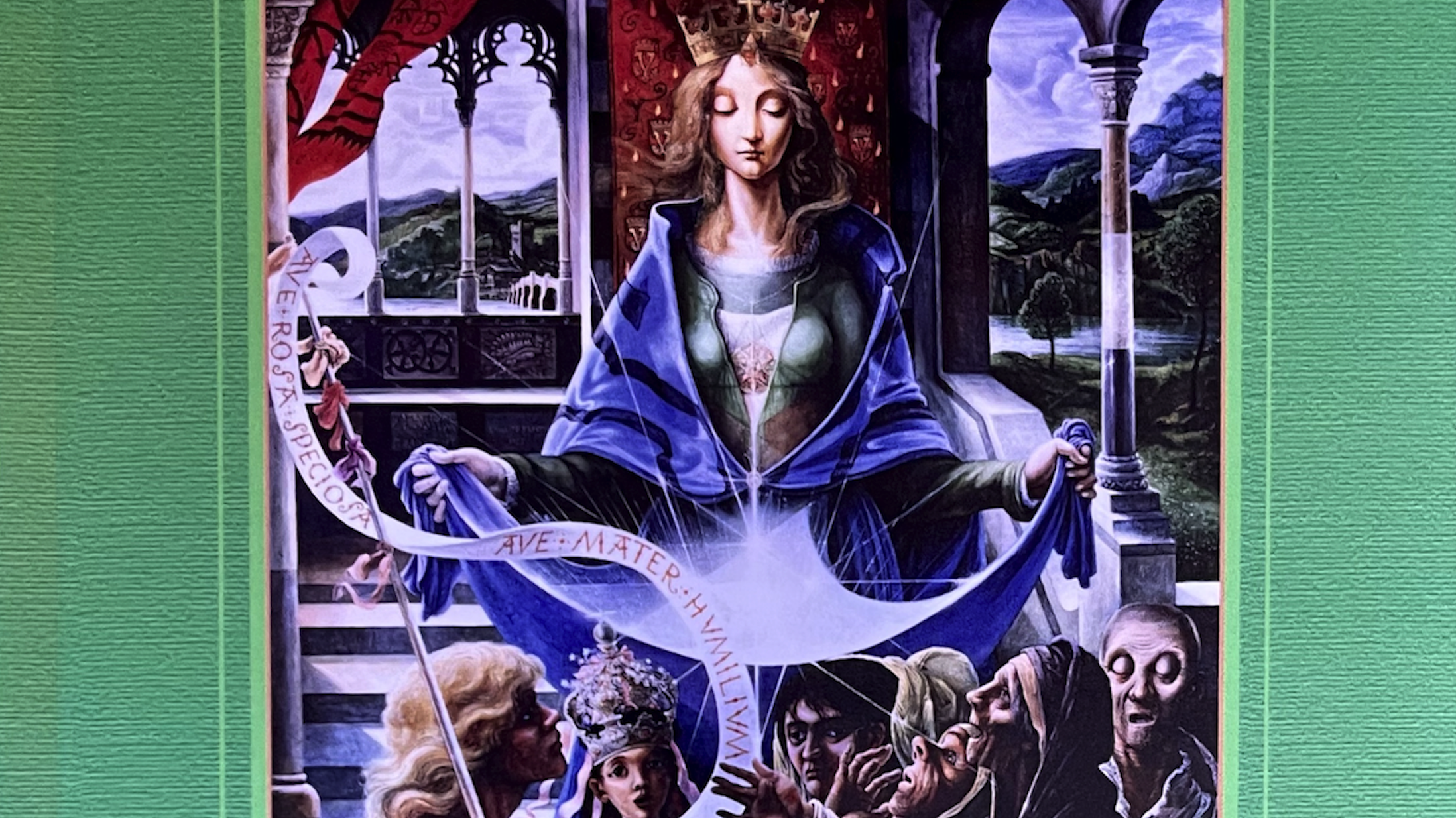Beneath the veil of Elias artista
This extraordinary book is the third in the series by Rémi Boyer, expertly translated by Michael Sanborn, completing the Ways of Awakening series which previously looked at Freemasonry and Martinism, in which he takes a characteristic look at this third method of approaching The Journey known to all who aspire to the Source.
Beneath the Veil of Elias Artista: the Rose-Croix as a Way of Awakening explores the Rosicrucian Path. However, as in his previous books, this is not a simple ‘How To’ manual or a ‘Cliff Notes’ on the Rosicrucian Way. It is at times a very challenging book, which seeks to confront our comfortable notions of Freemasonry and other traditional Mystery Schools and initiatory paths. As ever it challenges us to think.
One of the keys premises in the book is a comparison of the two schools of Initiation, which he terms Initiation in the City and Initiation in the Garden. The first – in which he includes Masonry and, in certain ways, ‘formal’ Martinism – is a world of structure and order, of buildings and hierarchy, of replication using well-established rules and following a well-trodden path. The latter, by contrast, is a way of uncertainty and freedom, of personal liberation and personal choice, of disorganization and of leaving no trace behind. This isn’t to say that this way of awakening is superior to the other – after all, the previous two books talked about those respective paths as means to awaken: but the questions it raises and the challenges it threw in the face of 300 or more years of assumptions than ‘this is the only way to approach the Path of Return’ provides a wealth of ideas for meditation. And let us not forget, in any city or town, there are usually many, many gardens – some open to the general public, some locked, and some secret…
Given its subject matter, it is hardly surprising that this books far less linear than its predecessors, and so it follows its own apparently random path through the garden in the hope of getting a glimpse of the Rosicrucian muse, Elias Artista in their form as a healing angel, or perhaps as the Paraclete, or even Sophia (for in healing there is wisdom). The first is a straightforward discussion about the Initiation in the Garden, considering the many forms of love and the triads, contrasting material values with spiritual ones, and includes several invocations to Elias Artista which may easily be incorporated into personal praxis.
In this way we identify three deaths and three exits from the tomb. The first, Hiram Abif, was in search of a Word. His burial resulted in his body being found and disinterred. The second, Christian Rosenkreutz, notes the burial and rediscovery of great secrets (but not the Word), and the revelation of his incorruptible body. The third, Christ, who was the Word, was raised from the dead and departed his tomb. The connections between these three events should be the subject of much thought.
The second part, by Lima de Freitas, uses a fragment of a meditational poem by a famous Portuguese poet on the Tomb of Christian Rosenkreutz to discuss and extrapolate key symbols from that scene, comparing the death to that of a being who truly lived, João de Menezes da Sylva, developing these revelations into a truly fascinating exegesis.

Don Quixote by Lima de Freitas
The third part is a wonderful retelling of the story of Don Quixote from the point of view of his pony. Written as “a story meant for children, dreamers, poets, philosophers, knights and alchemists”, those who may turn away for this allegorical retelling might do well to remember the Repairer’s words: “Unless you change and become like little children, you will never enter the kingdom of heaven.” (Matt. 18:3).
Finally, the fourth part takes us into Portugal and the continuation of the Knights Templar as the Knight of Christ. The reconstruction of a possible ritual gives another important opportunity for study and incorporation into personal use.
The whole is bound together by a Foreword by Michael Sanborn, whose voice has, until now, has remained behind the translations. However, as a translator he has been more intimately involved in the works than most others, and is eminently qualified to speak on behalf the these wonderful materials set before us by the prolific esotericist and practitioner, Rémi Boyer.
This book is now available on amazon.com. Click the link on the Books page of this Blog or go to Amazon and do a search.
Finally, on a very positive note, while this series has ended with this third volume, translating Rémi’s works most certainly has not!



Dear Piers Vaughan – I am trying to reach you in connection with purchasing a book entitled The Man of Desire, by Louis Claude de St. Martin, but have gotten no response on your book page. Tell me how to make contact for this purchase, please. Thanks, Tom Isham
Tom, my apologies for not getting back to you sooner. I was laser-focused on getting my new book, ‘Enlightenment Man & Mason’, out. I regret the Saint-Martin book ‘Man of Desire’ is still a work in progress. Due to Covid and other circumstances, I ended up taking a side route for the past year or so, producing a Knight Templar Ritual of the the Grand Encampment of Knights Templar, then working with some other authors to get their books out, finally ending with my new book. I will be completing the book on Pasqually Biographies next, and then I will continue my work on ‘Man of Desire’.